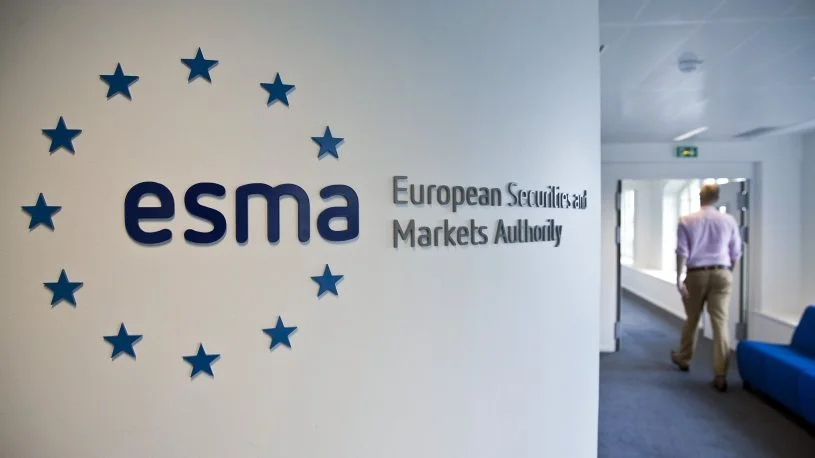The European Securities and Markets Authority (ESMA) released its report on market trends, risks, and vulnerabilities in the first half of 2021, stating crypto assets volatility might be an indication of “possible market exuberance.”.

The idea that crypto markets’ extreme volatility and growth offer a compelling case for a focused regulatory system, as outlined in the European Commission’s proposed Markets in Crypto-Assets legislation, was one of the key takeaways.
Despite the lingering impact of the COVID-19 epidemic, much is riding on the EU and global markets’ recovery in 1H21. The economic picture has improved overall, according to the ESMA report, with the European economy now likely to reach pre-pandemic output by the end of 2022, a year earlier than expected.
The relaxation of public health regulations, a reduction in uncertainty, and central banks’ activity in delivering supporting monetary policies have all contributed to this resurgence.
When it comes to the current climate’s medium-term concerns, ESMA has used crypto markets as a barometer of market sentiment and dynamics over the last six months:
“Rising valuations across asset classes, massive price swings in cryptoassets and event-driven risks observed in 1H21 amid elevated trading volumes raise questions about increased risk-taking behaviour and possible market exuberance.”
This exuberance, in the ESMA’s view, has been visible in the GameStop saga and the broader rise of social media-fueled retail trading, coupled with the huge price growth in crypto assets in the first quarter of this year.
According to the research, much of this rise in trading activity has occurred outside of the EU’s regulatory perimeter, posing investor protection concerns.
The ESMA attributed rising consumer confidence during this period to a range of factors, including innovative new business models and gamified features in online and mobile trading platforms.
Parallel to the retail trading boom, ESMA is keeping a close eye on Decentralized Finance (DeFi), noting that the 47 billion euros ($55.3 billion) locked in DeFi in early September was down from its heights in mid-May, yet up 1,200% from end-July 2020.
The ESMA acknowledged DeFi’s advantages, such as disintermediation, 24/7 availability, and censorship resilience, and warned that the growing usage of stablecoins and central bank digital currencies is likely to blur the lines between traditional finance and DeFi in the future.
However, the ESMA believes that owing to institutional investors’ proactive behaviour, there is an increasing chance that DeFi risks would flow over into the real economy, even though the market is still small.
Institutional investors are starting to consider Bitcoin’s (BTC) environmental effect as part of their ESG criteria, according to the paper, which is fueling interest in Ether (ETH).
The ESMA ascribed ETH’s growth to its smart contract functionality, the DeFi boom, and the blockchain’s position in the nonfungible token ecosystem, in addition to its environmental credentials.
Pantera Capital CEO Dan Morehead backed the regulator’s view this summer, arguing that the blockchain’s improvement will certainly help Ether overtake Bitcoin as the most popular cryptocurrency.

